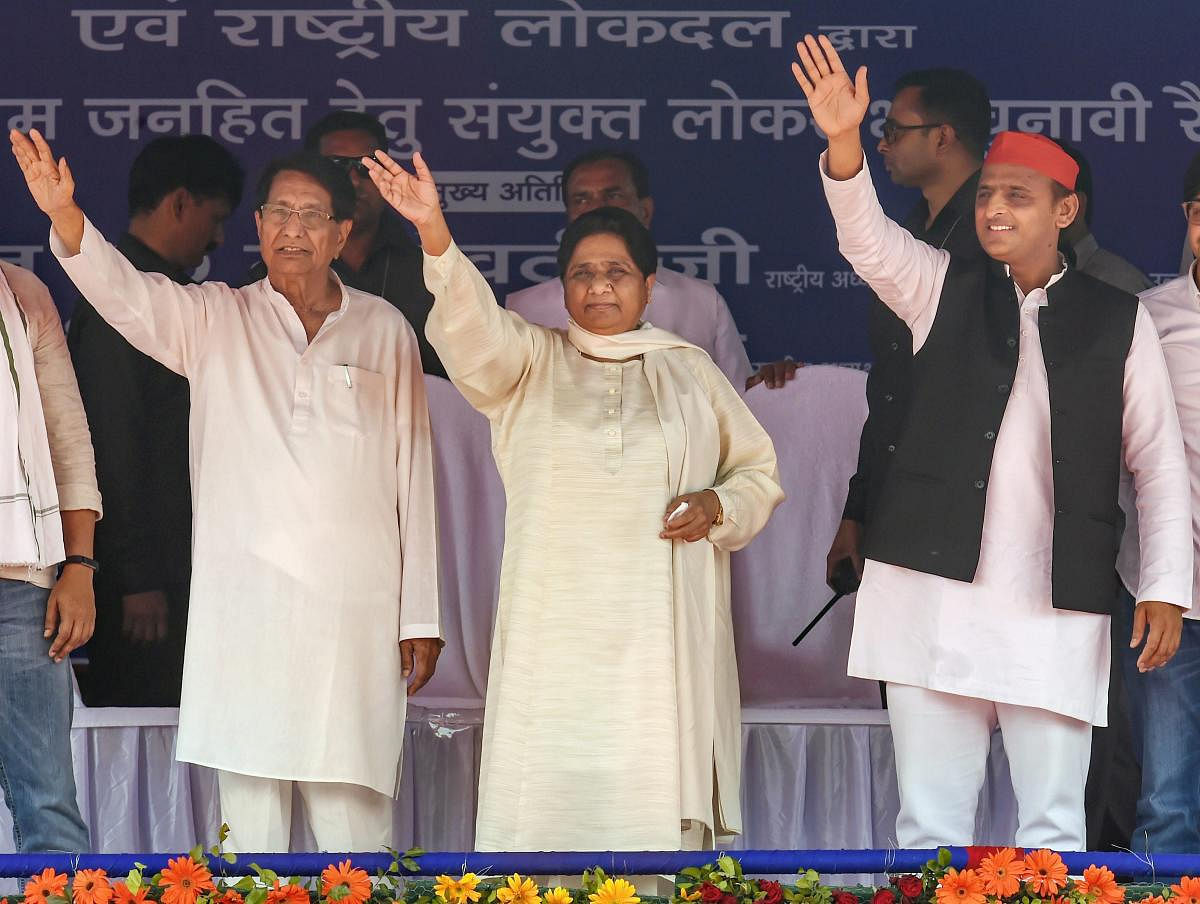Several party leaders have been very open about the idea of forming a non-BJP, non-Congress federal front at the centre. Leaders like Mayawati, Akhilesh Yadav and Chandrababu Naidu have shown open support for the formation of a federal front. However, history suggests that governments formed by the third front tend to remain fragile and fail to complete their full term in office.
There have been multiple instances in the history of independent India in which a third front has come to power. Neither of the fronts managed to remain a complete term in office. Both the instances reveal reasons as to why federal fronts at the national level fail.
The National Front (1989-1991) led by the Janata Dal formed the government in 1989. The front consisted of Telugu Desam Party, Dravida Munnetra Kazhagam, Asom Gana Parishad and Indian Congress (Socialist). The front was given external support from the Left as well as the Bharatiya Janata Party. The front formed two governments between 1989 and 1991.
The first one, with VP Singh as the Prime Minister, and the second one, with Chandra Shekhar as the Prime Minister. Neither of them completed their terms and the front was eventually disintegrated as they tried to rope in both the DMK and the AIADMK due to lack of seats to form absolute majority in the Parliament. Congress formed the government once elections were conducted again.
The United Front (1996-1998) also formed two governments in their short tenure of existence. The front consisted of Janata Dal, Samajwadi Party, Dravida Munnetra Kazhagam, Telugu Desam Party, Asom Gana Parishad, All India Indira Congress (Tiwari), Tamil Maanila Congress, National Conference, Maharashtravadi Gomantak Party and the Left formed a 13-party United Front. They were given external support from Congress.
Janata Dal (Secular) supremo, Devegowda and I K Gujral became prime ministers of the country in this time period. The front lost power owing to poor communication between the front and the Congress who were providing external support. Congress left the alliance after the DMK was linked by an investigative panel to Sri Lankan separatists blamed for the killing of Rajiv Gandhi and the front refused to let go of the party. When elections were conducted again, the BJP formed the government.
Both cases show similarities that ultimately resulted in the fall of the government.
Both the fronts were heavily reliant on external support to form the government. Governments formed with external support tend to be very fragile and vulnerable as the party providing external support can walk out if they are not happy with the way the government is run.
Both the fronts were a rag-tag of regional political parties. The high number of regional parties means that there it is extremely difficult to control the regional parties. This is visible when the National Front tried to rope in opposition parties like DMK and AIADM to form absolute majority.
Lack of leadership is clearly visible in federal fronts. In the United Front, the position of the prime minister went to H.D Devegowda after Jyoti Basu, Chandrababu Naidu and V.P Singh declined the job. There is a distinct lack of a single leader in these coalitions and that impacts the front which hopes to form the government.
